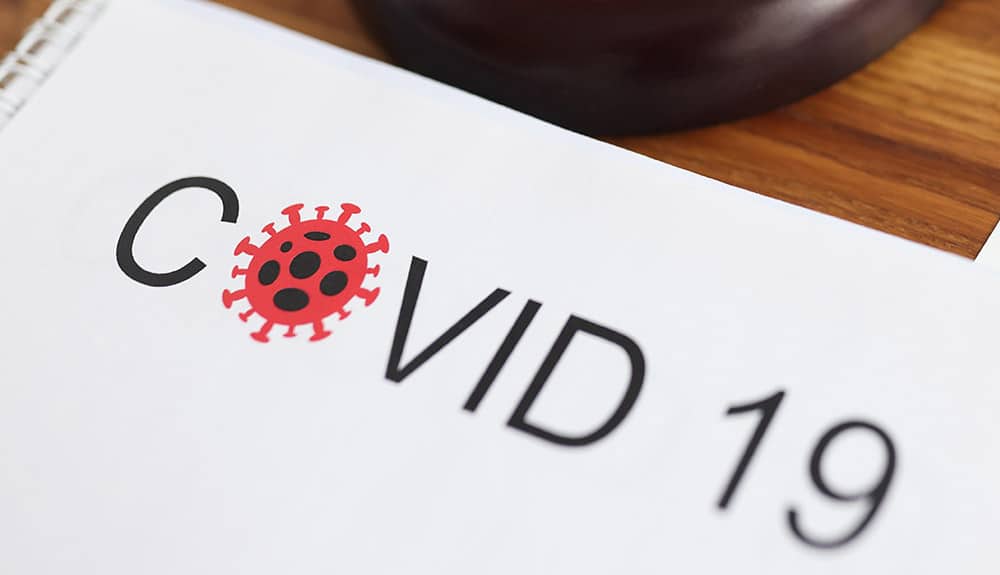Before the pandemic, keeping employees safe was a complicated but manageable cost of doing business. Personal Protective Equipment and regular trainings helped avoid harm to some of the country’s labor force, while ergonomics, office fire drills and basic security procedures mitigated additional risks. In the age of COVID-19, this cost of business has risen and the complications are manifest.
A patchwork of state legislation has been enacted to either shield employers from liability or provide legal recourse to employees and their families in the wake of a COVID-19 infection. Federal legislation on many of these issues remains stalled following the breakdown of negotiations for another coronavirus relief package in Congress.
Employers are best served by looking at the risk of COVID-19 infections in the workplace as akin to a workplace injury; that is, through the lens of workers’ compensation. Under workers’ compensation laws, if an employee is injured in the course of his or her work damages are automatic. However, those damages are capped by statute.
Should a law firm or corporate legal department face a potential COVID-19 infection among its staff, the employer’s workplace safety practices would come under close examination. Issues of mitigation, breach of duty and potential negligence would potentially expose the employer to liability and trigger an insurance claim.
As winter and the holiday season approaches, employers must consider that employees may be gathering indoors with friends and family. With limited social distancing, the risk of infection increases exponentially. Therefore, following federal, state and local health protocols closely will be essential to ensuring workplace safety and risk mitigation.
The Society for Human Resource Management (SHRM) offers an effective list of tips and other guidance for employers, which includes:
- Make sure employees know what measures the business is taking to protect them
- Stay aware of employee’s health while respecting their legal right to privacy
- Stay on top of current and evolving guidelines from the Centers for Disease Control, Occupational Safety and Health Administration, the U.S. Department of Labor and state and local governments
Additionally, law firms and corporate legal departments must have clearly posted signage that advises employees of the office’s health and safety protocols as well as steps employees are being asked to take to keep each other safe. Notifications of employer sanitation practices should also be posted and updated as needed. Another recommendation being shared among employers is to have employees certify in writing every day that they have not been exposed to COVID-19, they are not experiencing symptoms associated with COVID-19, they have not tested positive for COVID-19 and verification they do not have a temperature above 100 degrees.
While employment liability insurance moving forward will certainly exclude anything COVID-19-related by carriers, the situation remains fluid as legislators at the federal and state levels continue to wrestle with this issue.
Law firm partners and legal department managers would be well advised to consult with their insurance agent or broker on questions of what might be covered under their existing employment liability insurance policies. Meanwhile, a conservative risk mitigation approach to help keep employees safe from COVID-19 in the workplace is strongly advised.



